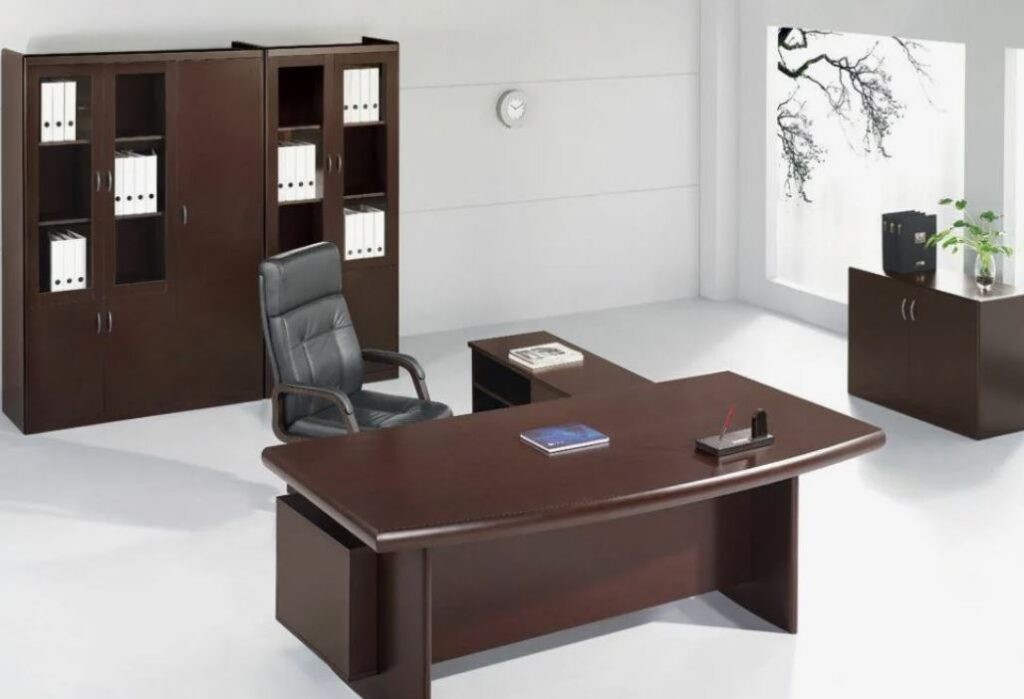
An office chair is one of the most important pieces of furniture in any workspace. Whether you work from home or in a corporate office, the right chair can make a significant difference in your comfort and efficiency. Many people overlook the importance of ergonomics when selecting an office chair, but poor seating can lead to back pain, reduced productivity, and even long-term health issues. Investing in a high-quality office chair with proper lumbar support, adjustable height, and comfortable padding is essential for maintaining good posture and preventing fatigue. A well-designed chair also helps you focus better, ensuring that you stay comfortable even after long hours of work. With a wide variety of styles, materials, and features available, choosing the right office chair requires careful consideration of your personal needs and work environment.
Ergonomics and the Health Benefits of a Good Office Chair
Ergonomics plays a crucial role in workplace comfort and productivity. Sitting in a poorly designed office chair for extended periods can lead to numerous health issues, including poor circulation, muscle fatigue, and spinal misalignment. An ergonomic office chair is designed to support the natural movements of the body, helping to maintain proper posture and reduce strain. Adjustable lumbar support can alleviate lower back pain, while a well-contoured seat promotes better weight distribution. Proper armrest positioning reduces tension in the shoulders and neck, while a reclining feature allows you to adjust your posture throughout the day. By investing in an ergonomic office chair, you can minimize the risk of developing musculoskeletal disorders and improve overall well-being.
Different Types of Office Chairs and Their Uses
There are various types of office chairs designed to cater to different needs and preferences. Task chairs are the most common and affordable option, providing basic comfort and support for short work sessions. Executive chairs are more luxurious, often featuring leather upholstery, additional padding, and high backrests for added support. Mesh chairs offer excellent breathability, making them ideal for warm environments where ventilation is necessary. Kneeling chairs encourage an open hip angle and reduce spinal compression, making them a popular choice for people with lower back pain. Gaming chairs, although designed for gamers, also provide excellent support for office workers who spend long hours at their desks. Each type of chair has its unique benefits, so it’s essential to choose one that aligns with your work habits and comfort requirements.
How to Properly Adjust Your Office Chair for Maximum Comfort
Even the best office chair will not provide optimal comfort if it is not adjusted correctly. Start by setting the chair height so that your feet rest flat on the floor, with your knees at a 90-degree angle. Adjust the backrest to provide firm support for your lower back, ensuring that the lumbar region is well-supported. The seat depth should allow about two inches of space between the edge of the seat and the back of your knees. Armrests should be positioned so that your shoulders remain relaxed, with your elbows resting at a comfortable angle. If your chair has a reclining feature, adjust it to maintain a slight recline, which can help reduce spinal pressure. Regularly changing your sitting position and taking breaks to stand and stretch will also enhance your overall comfort and prevent stiffness.
The Role of Office Chairs in Boosting Productivity
A comfortable office chair is not just about preventing back pain; it also plays a crucial role in enhancing productivity. When you are comfortable, you can focus better on your tasks, leading to improved efficiency and work quality. Discomfort and poor posture can cause distractions, making it difficult to concentrate for long periods. An ergonomic office chair helps reduce fatigue and discomfort, allowing you to maintain a steady workflow without unnecessary interruptions. Additionally, a well-designed chair can contribute to a more professional and organized workspace, creating an environment that fosters motivation and creativity. Employees who are provided with comfortable office chairs are more likely to experience job satisfaction and reduced absenteeism due to health-related issues.
Choosing the Right Office Chair for Your Workspace
Selecting the right office chair depends on several factors, including your work habits, body type, and office setup. If you spend long hours at your desk, an ergonomic chair with advanced lumbar support and adjustable features is the best option. For those who move frequently within their workspace, a lightweight and mobile chair with caster wheels is ideal. If aesthetics are important, executive chairs or stylish mesh chairs can add a professional touch to your office. Budget is also an important consideration, but investing in a high-quality chair can save money in the long run by preventing health issues and improving productivity. Testing different chairs before purchasing can help you determine which one provides the best support and comfort for your needs.
Conclusion: Invest in Quality for Long-Term Comfort
Choosing the right office chair is a crucial decision that impacts your health, productivity, and overall work experience. Whether you work in a corporate office or a home office, a well-designed chair can make a significant difference in your daily routine. Ergonomic features such as lumbar support, adjustable height, and proper cushioning ensure that you maintain good posture and stay comfortable throughout the day. Investing in a high-quality chair is not just about luxury—it is about long-term well-being and efficiency. If you are looking for the perfect chair for your workspace, consider the options available and prioritize comfort and functionality. The brand Office Chair offers a range of ergonomic seating solutions designed to enhance your work environment and support your health.





